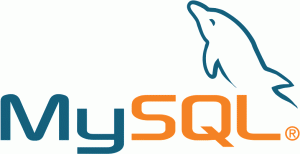![]() Sometimes things don’t work out with replication. When I first started experimenting with it I thought this was a “setup and forget about it” kind of job.
Sometimes things don’t work out with replication. When I first started experimenting with it I thought this was a “setup and forget about it” kind of job.
Experience has shown though that you have to regularly triple check and see if things may have broken (despite a good and once working setup).
Let’s take a look at what you can do when your Slave isn’t replicating anymore. If you want to know more about how to setup replication, have a look at my previous article in which I explain how this works.

 guide of what you need to do in order to install and setup MySQL on a new server.
guide of what you need to do in order to install and setup MySQL on a new server. The other day I got myself a brand new server – so barebones that I had to do everything myself, including picking a Linux distribution. Sadly the one I wanted (CentOS 6) did not come bundled with Plesk so I had to install it manually.
The other day I got myself a brand new server – so barebones that I had to do everything myself, including picking a Linux distribution. Sadly the one I wanted (CentOS 6) did not come bundled with Plesk so I had to install it manually.